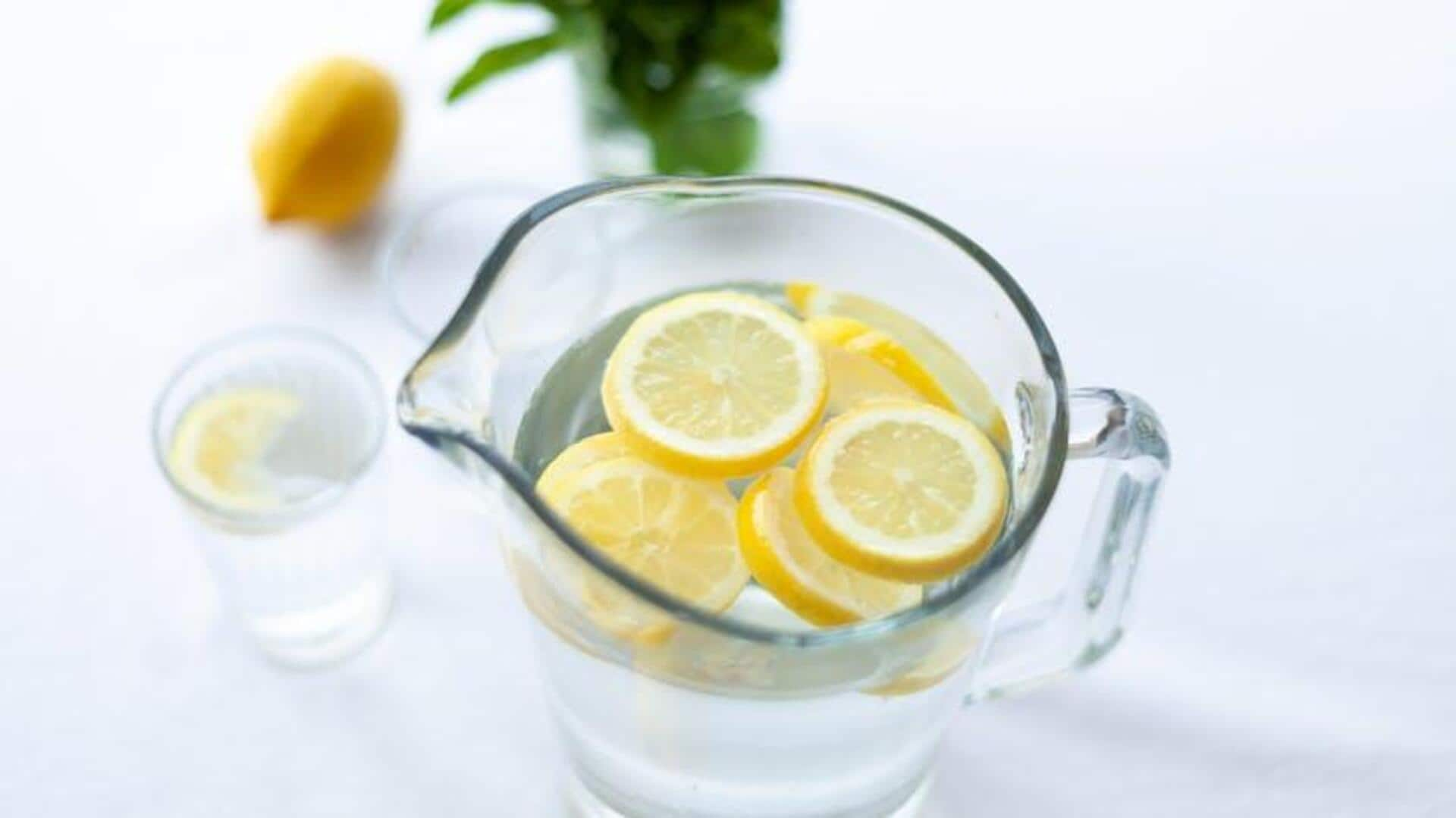
Common home remedies that are just myths
What's the story
Home remedies have been handed down generations, many of them being miracle cures for whatever ails you. But not all of them pass the test.
While some may actually benefit you, others are nothing but myths which can result in ineffective or even dangerous results.
Here, we aim to debunk some popular home remedy myths and give you the real deal.
Myth 1
Lemon juice for weight loss
Many believe drinking lemon juice can help them lose weight drastically.
While lemon juice is high in vitamin C and antioxidants, it doesn't directly lead to weight loss.
The belief is probably rooted in the fact that lemon water can increase metabolism or detox the body.
But scientific evidence backing these claims is sparse.
A balanced diet and regular exercise are still the best ways to lose weight.
Myth 2
Honey as a cure-all
We have all heard about how honey is a natural cure for everything, from sore throats to skin conditions.
While honey does have antibacterial properties and can soothe a sore throat for a while, it's not the answer to everything.
Its efficacy depends on what you're treating and solely relying on honey could postpone necessary medical attention.
Myth 3
Garlic for cold prevention
Garlic has long been rumored to keep colds at bay given its immune-boosting properties.
While garlic does contain compounds (such as allicin) that may boost immune function, there is no definitive evidence that it prevents colds entirely.
Eating garlic may lessen the severity or duration of cold symptoms but should not be substituted for other preventive measures such as good hygiene practices.
Myth 4
Baking soda for teeth whitening
Baking soda is a common recommendation for natural teeth whitening due to its abrasive nature.
While it removes surface stains, it can also damage tooth enamel if used too frequently.
Dentists suggest the importance of professional help for dental health, including regular check-ups and cleanings.
Using only baking soda without assessing its risks can cause dental problems, underlining the importance of a holistic approach to oral hygiene.